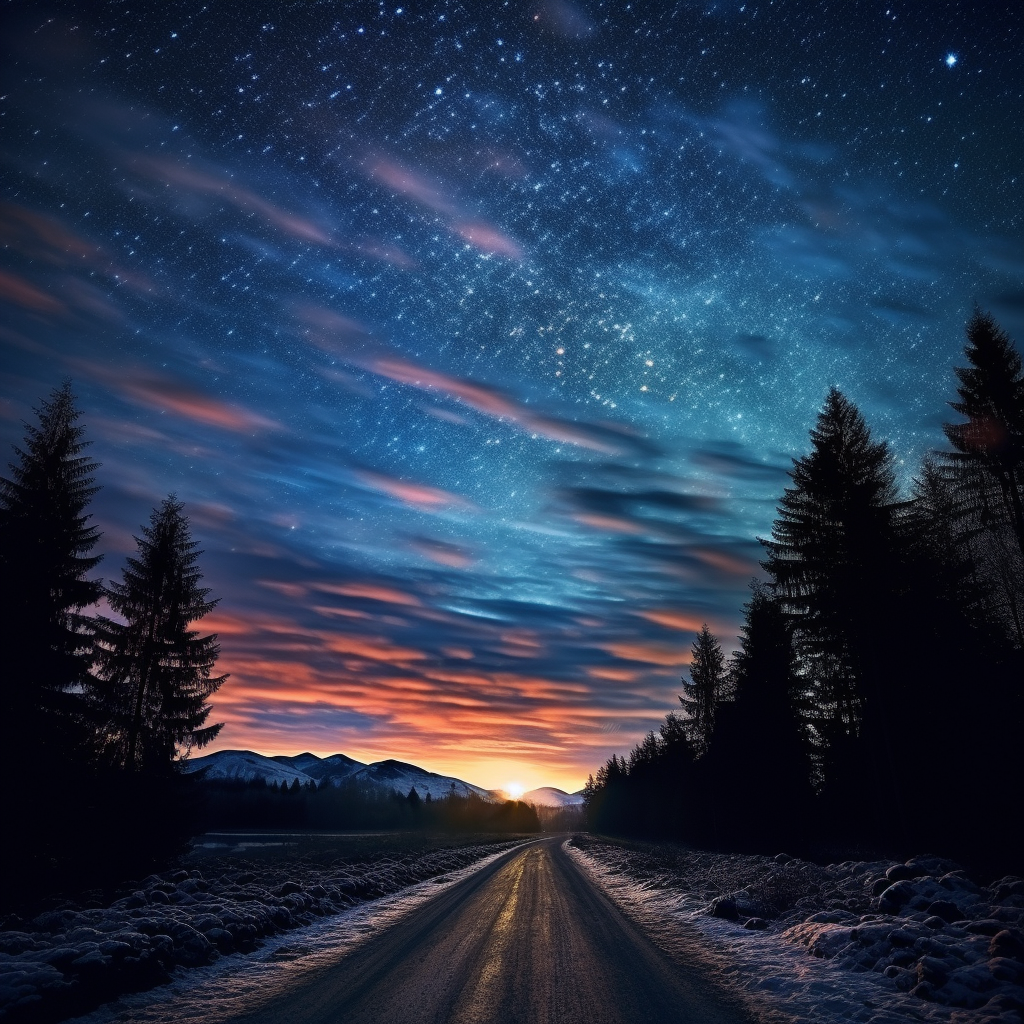Perseid Meteor Shower
Get ready for a breathtaking celestial spectacle as the annual Perseid meteor shower graces our skies on August 12th. This dazzling event occurs when Earth ventures through the dusty remnants of comet Swift-Tuttle’s trail, treating stargazers to a mesmerizing display of shooting stars. If you’re fortunate to have clear skies and a dark backdrop, you could witness up to one Perseid meteor per minute, according to NASA meteor scientist Bill Cooke.
Renowned as one of the most anticipated meteor showers of the year, the Perseids offer a captivating combination of high meteor rates and comfortable late-summer temperatures. It’s a celestial show that has captured the hearts of skywatchers around the world.
The Perseid meteor shower holds a unique distinction in history, having caused a delay in a Space Shuttle launch. NASA’s STS-51 mission in 1993 was postponed due to concerns about the intense Perseid meteor shower activity. The potential risk posed by the shower’s debris was deemed too significant to ignore, underscoring the powerful impact of these celestial phenomena.
What exactly are the Perseids? These meteor showers originate from the comet Swift-Tuttle, a celestial body comprised of ice and rock. As the comet orbits the sun, it sheds dusty debris along its path. When Earth’s orbit intersects with this debris, the particles plunge into our atmosphere, igniting brilliant streaks of light. The source of the name “Perseids” lies in the constellation Perseus, as the meteors seem to originate from this point in the sky.
For eager sky enthusiasts, here’s how and when to catch this awe-inspiring show. According to NASA’s Bill Cooke, residents in the United States can anticipate witnessing around 40 Perseids per hour just before dawn on peak nights. While those in rural areas away from urban lights are in for a treat, city and suburban dwellers might still spot ten or fewer meteors per hour due to brighter skies.
Although the shower is already active, the climax of the event is expected over the upcoming weekend. As the clock strikes 11 pm on Saturday night, a smattering of meteors will grace the sky, with their frequency steadily increasing as the hours pass. By the early hours of Sunday morning, meteor activity will reach its zenith, painting the sky with luminous streaks.
It’s essential to head to a location with minimal light pollution to maximize your viewing experience. The Northern Hemisphere offers the best vantage point for observing this celestial spectacle. Remember, all you need is a clear night sky and a touch of darkness to witness the magic of the Perseid meteor shower.
So mark your calendars, set your alarms, and prepare to be enchanted by the celestial ballet that the Perseid meteor shower promises to deliver. It’s a captivating reminder of the beauty and wonders that our universe has in store for those who dare to look up.
You can join our Facebook Community.
You can also read about Lymphatic Filariasis Campaign

[…] You can also read about Meteor Shower 2023. […]
[…] You can also read about Perseid Meteor Shower 2023. […]